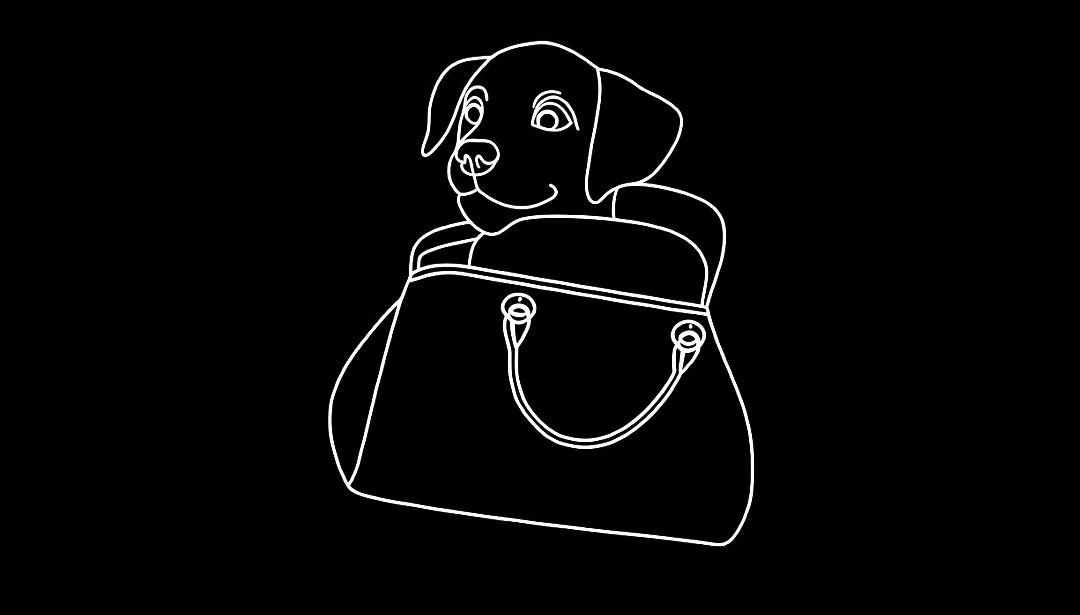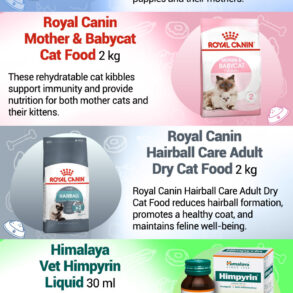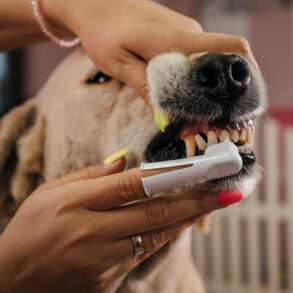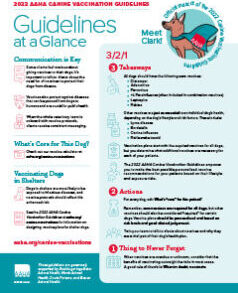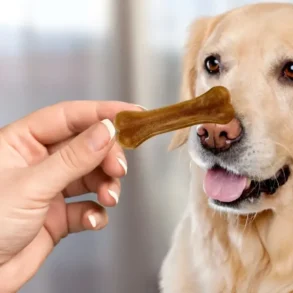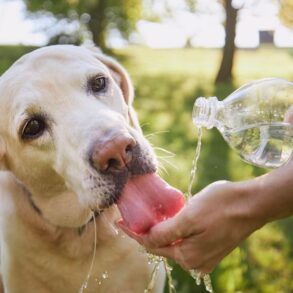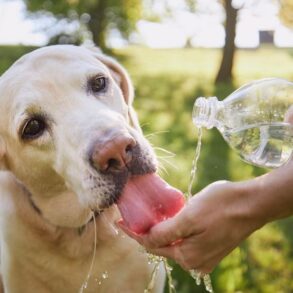
Dogs are naturally curious creatures, often using their noses and mouths to explore the world around them. Because they are drawn to strong scents and sudden movements, toads — with their unpredictable hops, distinct smells, and occasional croaks — can be an irresistible attraction. However, what starts as innocent curiosity can take a dangerous turn if the toad happens to be toxic.
Dr. Lance Wheeler, a clinical assistant professor at the Texas A&M College of Veterinary Medicine & Biomedical Sciences, sheds light on the dangers toxic toads pose, how to recognize signs of envenomation (being stung, bitten, or otherwise injected with a toxin by a venomous animal), and steps owners should take to protect their pets.
Signs Of Toad Toxicity
While any dog breed might instinctively pursue these amphibians, terriers — known for their heightened exploratory and hunting drives — are particularly prone to toad envenomation. Cats, on the other hand, are far less likely to fall victim, either because of their more cautious nature or a lower susceptibility to toad venom.
Not all toads are dangerous, but certain species, like the cane toad (also known as the giant toad), produce venom that can cause serious health issues in dogs.
“Cane toads possess venom-secreting glands around the head, which release a milky, venomous fluid when a dog bites or mouths the toad,” Wheeler said. “The venom is absorbed through the dog’s mouth, enters the bloodstream, and can cause neurological, cardiovascular, or gastrointestinal problems.”
Symptoms can appear within seconds or minutes of exposure, with severity depending on the species, the region where it was encountered, and the amount of venom absorbed. The most commonly reported signs are excessive drooling (hypersalivation) and bright-red discoloration of the gums.
“Hypersalivation is the most common clinical sign of cane toad exposure in dogs that we see,” Wheeler said. “Neurological signs, such as seizures, tremors, incoordination, and generalized weakness, are more common in places like Florida; this highlights the differences in clinical signs of cane toad intoxication based on geographical location.”
Other symptoms may include vomiting, labored breathing, collapse, increased respiratory rate, and irregular heart rhythms. In cases where a dog is exposed to a large amount of highly toxic venom, cardiac abnormalities can be fatal.
What To Do If Your Dog Encounters A Toad
If you suspect your dog has encountered a toad, acting quickly is crucial, as toad venom can rapidly progress and become life-threatening. Because there is no specific test to determine a toad envenomation, veterinarians rely solely on the clinical signs to make a diagnosis, and treatment will vary based on the severity of the symptoms.
“For mild cases, like excessive drooling and red gums, owners should carefully wipe the tissue inside the pet’s mouth using a damp rag or washcloth to prevent further absorption of the toxin,” Wheeler said. “Avoid using running water, milk, oil, and other liquids to clean the mouth, as this can lead to accidental inhalation and subsequent aspiration pneumonia.”
However, if a dog exhibits severe symptoms — such as seizures or unresponsiveness — owners should immediately seek emergency veterinary care rather than attempting any at-home treatment. In these cases, attempting at-home treatment could waste valuable time when timely professional intervention is critical.
If the toad was ingested, a veterinarian may induce vomiting or use more advanced methods to remove toxins from the gastrointestinal tract.
“Dogs with mild signs often recover within one to two hours after oral decontamination and may not require an overnight stay,” Wheeler said. “Those with moderate to severe symptoms, however, may need hospitalization for monitoring and supportive care.”
Most clinical signs resolve within 24 to 48 hours, but rapid intervention remains the key to ensuring a full recovery.
Prevention Tips
The best way to protect dogs from toxic toads is through prevention. Interestingly, many dogs who experience toad envenomation don’t learn from the encounter and may go after a toad again, making owner vigilance crucial.
“In areas where toads are common, owners should keep their pets leashed and under close supervision when outside,” Wheeler said. “Toads also can find their way into pets’ food and water bowls, potentially leaving behind harmful toxins; therefore, bowls should be cleaned daily and never left outside unattended.”
Pet owners should be especially cautious during warm, wet months when toads emerge from winter hibernation and at night or early morning when these nocturnal creatures are naturally out most.
“During these times, toads can commonly be found in grassy yards, small dirt holes, or manmade structures like sprinkler boxes,” Wheeler said. “They often hang around landscaping lighting where they hunt insects that are attracted to the light.”
Being aware of these habits can help owners take extra precautions, such as limiting nighttime outdoor time, keeping yards well-maintained, and regularly checking common hiding spots. With careful monitoring and preventive measures, the risk of a dangerous toad encounter can be significantly reduced.
This post was originally published on this site be sure to check out more of their content.
